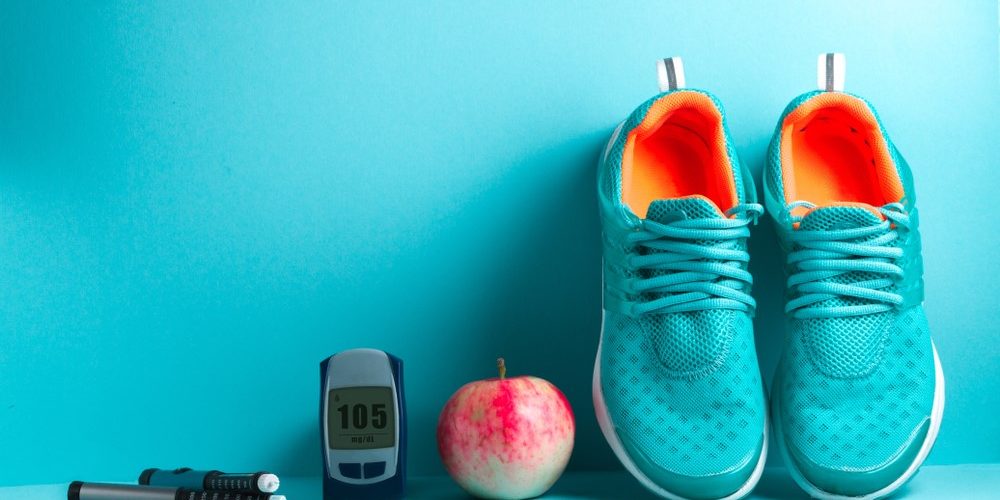 Managing your diabetes appropriately is a lot of work. Some of the more time-consuming aspects of self-management are meal preparation (which includes shopping and cooking), exercise, glucose monitoring and medication management. A study in The Journal of Family Practice surveyed diabetes educators based on their patients’ experiences found that long-term patients with Type 2 diabetes controlled by oral medications required more than two extra hours daily for the recommended self-care. For elderly patients, those with physical limitations, or newly diagnosed patients, the recommended self-care required even more time.
Managing your diabetes appropriately is a lot of work. Some of the more time-consuming aspects of self-management are meal preparation (which includes shopping and cooking), exercise, glucose monitoring and medication management. A study in The Journal of Family Practice surveyed diabetes educators based on their patients’ experiences found that long-term patients with Type 2 diabetes controlled by oral medications required more than two extra hours daily for the recommended self-care. For elderly patients, those with physical limitations, or newly diagnosed patients, the recommended self-care required even more time.
There is a lot of stress and time pressure that the prescribed diabetic self-care creates for patients. Here are some simple ways you can try to save yourself some time while still keeping up with your diabetes care.
Food and meal preparation:
- Create a shopping list to reduce time spent at the store.
- Write down items you run out of throughout the week to save time going through the kitchen trying to remember what you need.
- Some grocers deliver. If it is available and within your budget, this could save you a lot of time.
- Create a repertoire of go-to recipes that are diabetes friendly and easy to prepare.
- Try batch cooking and freezing meals so you have food that is nutritious and easily accessible.
Glucose monitoring:
- Be organized. Have all your supplies in one place. Try putting everything in a travel packet that you can take with you.
Medications:
- If you’re taking oral medications, get a pill dispenser to fill once a week, rather that opening a bunch of bottles one, two or three time a day.
- Associate your medication times to other activities that are part of your daily routine to save you time and help you remember to take them, such as meal times or brushing your teeth.
- See if you can order your medications online and have them delivered right to your door instead of calling for refills and picking them up at the pharmacy.
Exercise:
- The American Diabetes Association recommends a minimum of 30 minutes of exercise a day. If you don’t have a solid 30-minute block of time, try shorter, more intense bursts of exercise throughout the day. Five to 10 minutes a few times a day might be all that is needed.
- Exercise at home if you want to cut out travel time to and from the gym. Walk around your neighborhood or find an instructional video online to follow along with. “Finding ways to work exercise into your daily routine really adds up,” says Elizabeth Giordano, MA, RN, CCRN, CDE, Diabetes Nurse Educator at Mather Hospital. “Park your car farther away from your destination so that you squeeze in an extra walk. Skip the elevator and take the stairs. Make time to take a walk after lunch. All these extra steps help us to get more exercise without it feeling like a chore.”

